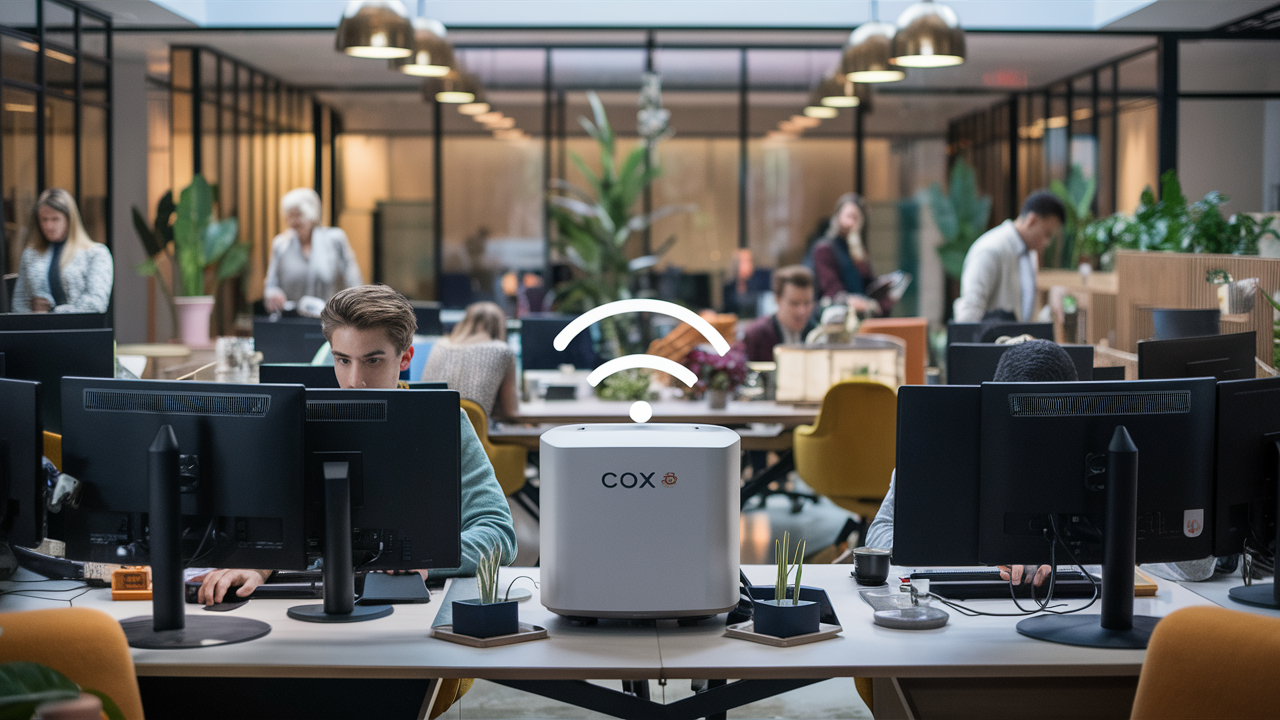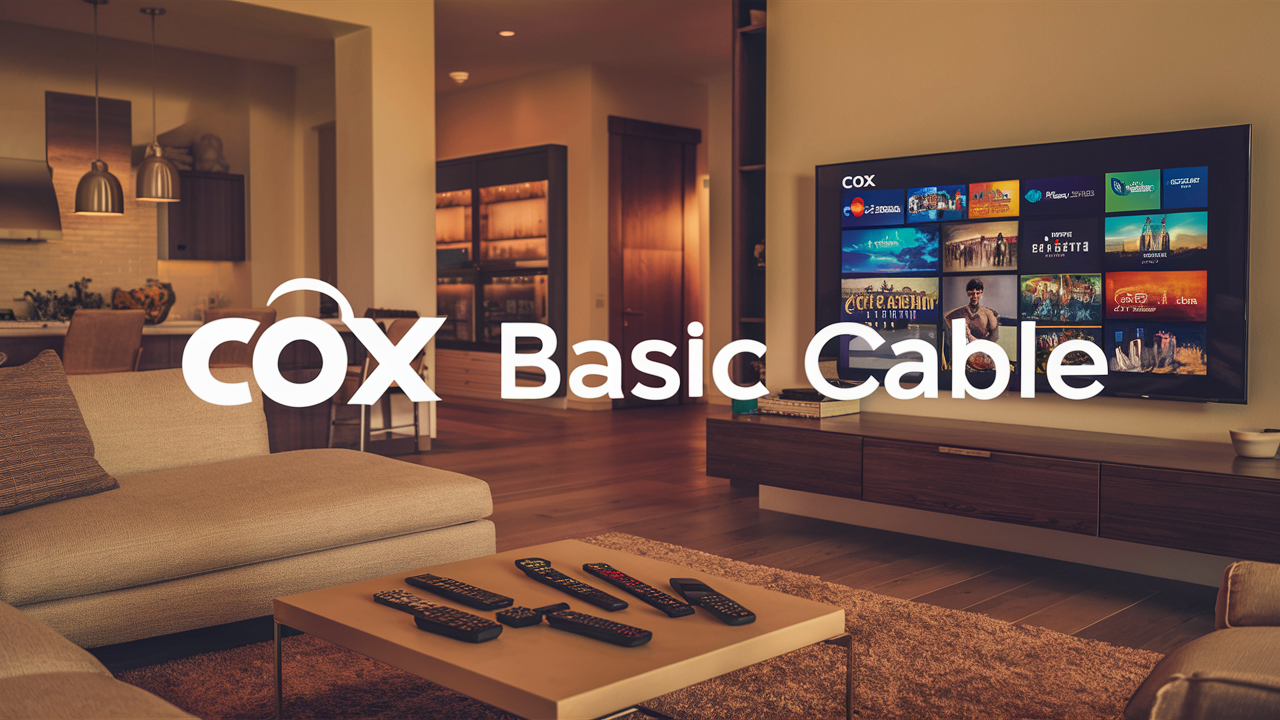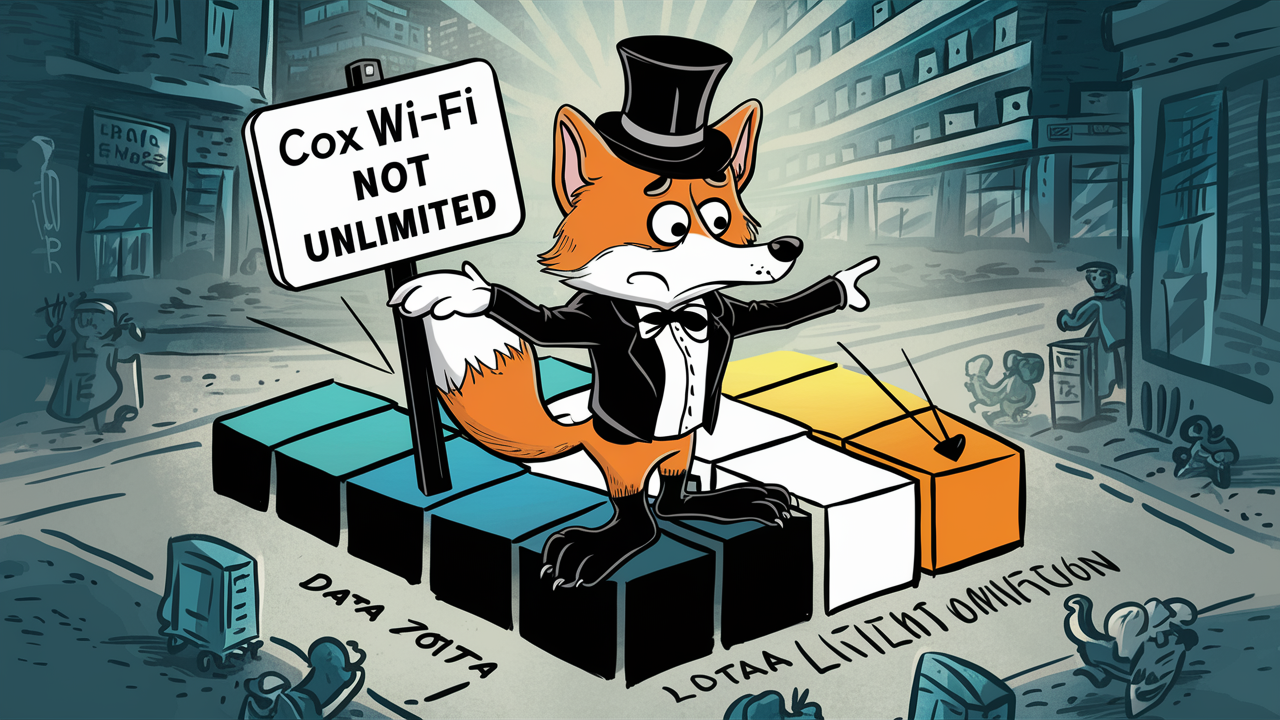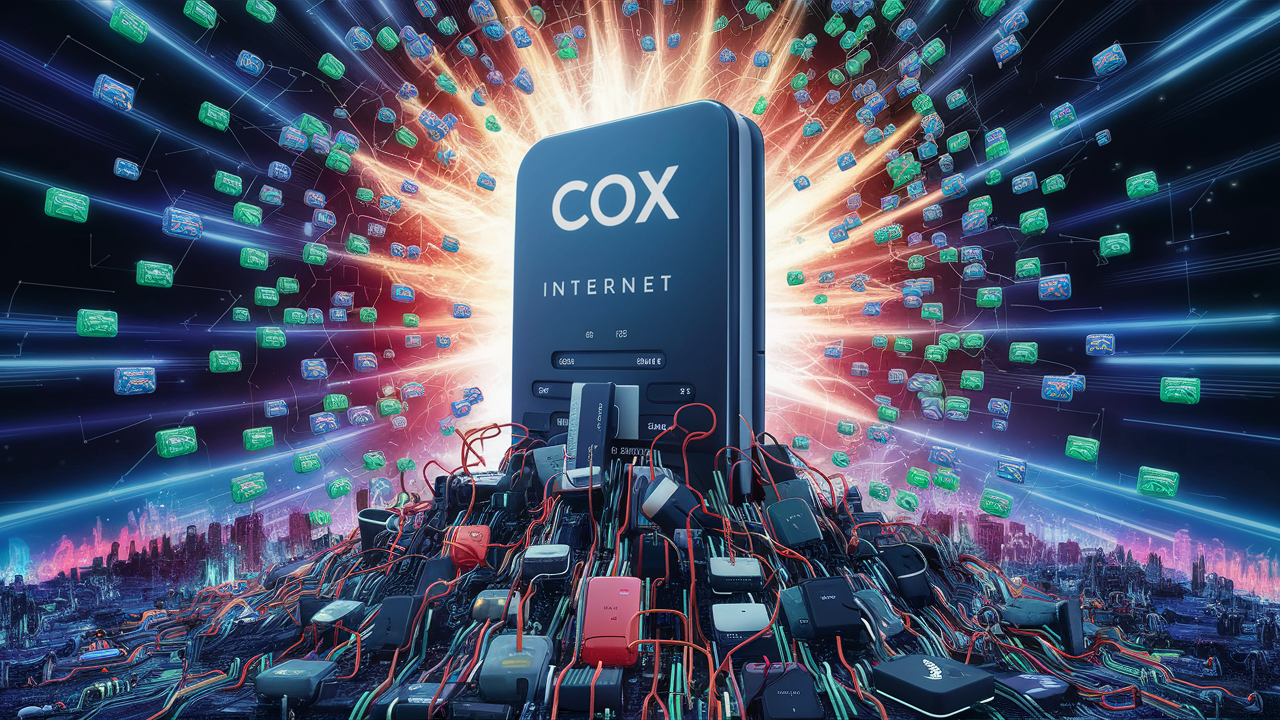Does FiOS use coax inside the house?
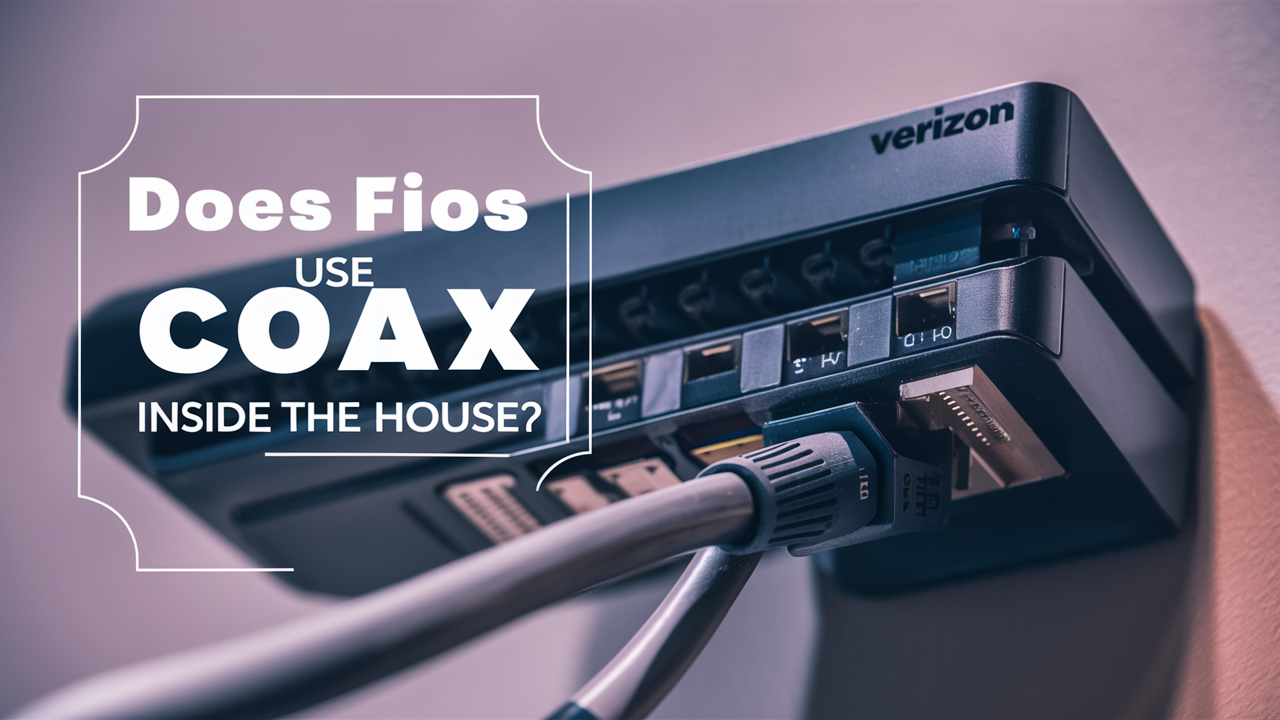
Is coax used inside the house for FiOS?
FiOS commonly referred to as Fiber Optic Service has been on the rise in the recent past as a home internet and television service provider. Another popular query about FiOS that many people have is whether it employs coax cables within the home as most cable systems do. The short answer is yes, and the elaborate answer is maybe, depending on the industry, nature of the job, and the country or state in which it occurs. Now let me explain in more detail how FiOS enters into your home and if coax may or may not be used inside.
How do Signals get to the Home?
Cable internet and FiOS are two different services offered by cable companies, and the difference between the two is the delivery of the signal to your house. Copper coaxial cables are utilized end-to-end across traditional cable services in most of them. The signal starts at the cable company and from there goes through a series of underground and possibly aerial coax cables and finally into your house.
FiOS, for instance, uses fiber optic cables for most of its connectivity needs and structures. These cables can convey data as pulses of light through thin strands of glass thus it can go faster and can accommodate more bandwidth. Fiber lines extend out to neighborhood nodes; individual fiber lines typically serve several dozen homes in the immediate vicinity.
It is at this juncture that matters begin to vary depending on the existing home configuration. There are a few options for connecting each house to that fiber hub.
1. Fiber Direct connected the fiber-optic cable directly to the homes and this kind of service was more expensive.
Some of the newer constructed homes or houses situated close to the fiber optic central station may be connected with a fiber optic line directly within the house. This bypasses copper cabling altogether and offers the quickest connection and the highest availability. However, this comes hand in hand with compatible equipment in the homes of the consumers.
2. LAN – Ethernet or Coax from Hub
Some other homes might have an ethernet cable or a copper coaxial line that directly connects to a fiber hub in the neighborhood and goes straight to the FiOS equipment inside. Direct fiber will retain some speed benefits, but overall performance remains high.
3. Coax Only
Some topologies employ FiOS at the broader network level while still using basic coax at the residences or up to external devices without the use of any fiber. This is more prevalent in old buildings or buildings with multiple units where the installation of fiber is not economical. It has all the bonuses of FiOS speeds coming to the building with cables inside remaining untouched.
Why FiOS Uses Coax at Times?
There are a few reasons why Verizon, the major company behind the FiOS network, may opt to use coaxial lines for all or part of the connection pathway into a customer's home.
- Cost – Deploying new cable lines, particularly fiber optics requires digging new trenches which is costly. The use of current coax that is already being used in homes is less expensive when it comes to the installation of infrastructures. Multi-unit dwellings also necessitate significant supplementary equipment to divide fiber lines within.
- Ease of use and installation – Technicians are already acquainted with the use and installation of coaxial cables. Maintaining at least part of the pathway as coax makes cable troubleshooting and replacements easier when required instead of retraining a whole bunch of your workforce.
- Compatibility – Some customers want to continue using their cable-ready devices in-house such as TV sets, DVRs, and routers. This legacy equipment can operate normally in many situations by ensuring coax connections are kept intact.
- Reliability – Fiber optic lines are easily sensitive to any kind of bend, crimp, or force exerted on them. In terms of connection problems, coaxial cable is usually very good at handling it. Using coax for the last stretch into a home solves many field service problems.
Does Coax Affect FiOS Speed or Performance?
A coaxial cable used within a FiOS setup will be affected in some form, but with the right equipment, the effect is usually negligible. Bear in mind that fiber optic lines are transporting the signal across long distances at the speed of light. Any cutbacks made will be in proportion to the initial power levels.
Actual slowdowns related to relying on coax will depend most on two factors.
1. Distance from the Fiber Hub
The farther the run is from the hub to your home, then the higher the likelihood that the strength of the signals and the speed may have decreased. However, with the proper wiring of the interconnects, the distance impact is almost non-existent in most cases.
2. Router Capabilities
More important is to have a FiOS router that is capable of delivering the full gigabit bandwidth that comes over fiber. In many cases, households just use older models when they switch to new ones. Upgrading enables one to make the most out of what FiOS has to offer.
For the majority of households, FiOS is capable of providing the advertised speeds without a hitch even over existing coax. Users would struggle to distinguish any tangible difference in actual speed or performance between a full fiber optic system and one that incorporated coax cable for the final leg to the house if the total system is set up correctly.
Cost-benefit Analysis
Knowing how signals get to you may help clarify some setup subtleties and technical choices made by installers. It also explains why customers may have different experiences with FiOS depending on the home they are residing in.
In general, fiber optic services dominate in terms of capabilities, but coaxial cable still has some advantages in terms of costs and flexibility. The use of the required ratio for each structure is therefore optimal. Therefore, be assured that no matter what combination your home finally gets, you will still be getting the high performance attributed to FiOS.
Ready to experience blazing-fast internet? Call us today at +1 844-967-4555 and discover the power of Verizon Fios Home Internet! Don’t miss out—get connected now!


